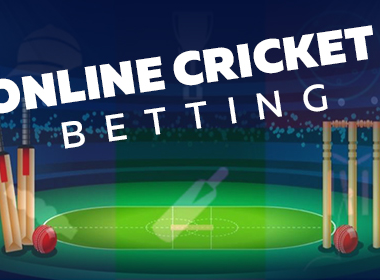We take our home’s water heater for granted; as long as it delivers the goods in the form of nice hot showers and steamy grease-cutting dishwashing water, we don’t even think about where the flow is coming from! Unfortunately, like any other appliance in our home, over time, the hot water heater can begin to wear out. You might not even suspect trouble brewing until the day you go to take a shower and find yourself shivering under an unexpectedly ice-cold spray, BRR!
When the water heater ceases to function, call your friendly expert plumber in Hamilton to pull the defunct device out and install a new one that will keep your showers warm and toasty for years to come! While it may be tempting to attempt a DIY fix yourself, the water heater is such a large, important appliance that features the naturally hazardous combination of electricity and water, not to mention the possibility of natural gas. You should trust this one to the professionals! You won’t be saving any money if your attempt goes wrong, and you have to call them anyway to fix your mistakes!
Taking that caution into account, it’s still in a homeowner’s best interests to be aware of the steps that the technicians they contract to do home repairs go through. The following is a basic outline of what you can expect from your plumber’s new water heater installation process:
- Shut Off Water And Power Sources – The very first step is to make sure there is no water running into the unit and that the power (or gas) to the heating system is safely turned off. This is done in order to prevent any serious injuries or property damage from taking place.
- Empty The Tank – Trying to pull out a tank full of water would be impossible, water is by its nature a very heavy element. Therefore, the plumber will have to drain all the water out of the tank. In most homes, there is an emergency floor drain installed directly underneath the tank so the unwanted water can conveniently exit through that via a hose connected to the drain valve built into the tank’s bottom.
- Break The Connections – Once the tank is drained the plumber will first break the connection to the water supply, which has already been shut off in anticipation. The next step will be to disconnect the electricity supply by removing the connecting wires leading to the old heater’s front panel. The same course of action will be employed to disconnect the natural gas supply.
- Make The Switch – Once completely free of all connections, the old water heater will be removed and hauled away to be recycled. Then the plumber will bring in the new water heater to install, first connecting everything to it, then running some tests to make sure the unit is functioning properly.
The Australian Government’s Your Home website has some useful suggestions for planning major home repairs and appliance replacements. Now that you have your new water heater ready to go to work, reward yourself with a long, hot shower- AAH!








